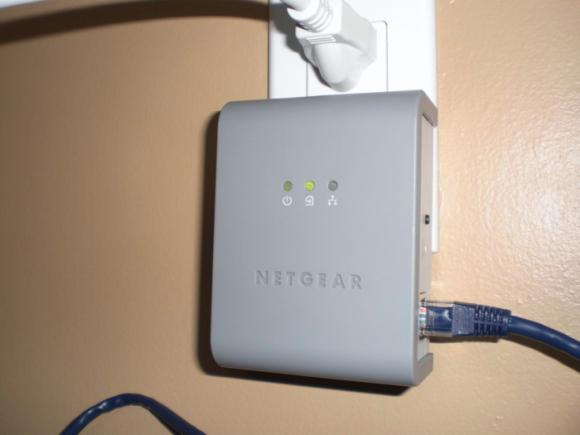I have a NETGEAR WGR614L and I needed to attach a tcp monitor pc (tcpdump) to one of its LAN ports. The fact the the router is a switch makes that not so trivial a task.
The switch only forwards packets to the port where the destinaion MAC address is known. As such, each connected network device only receives the packets which are destined for that specific device.
Expensive switches provide a functionality which is called “Port-Mirroring," “Span Port,” or “Monitor Port." This feature copies all packets from another port to that monitor port. Sadly, our WGR614L doesn't have that functionality built-in.




Recent comments